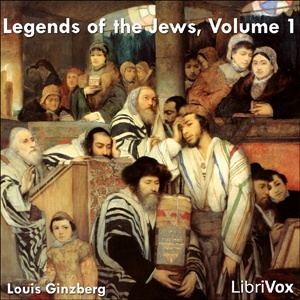- Introduction
- The Making of an Empress (Livia)
- The End of the Golden Age (Livia and Julia), part 1
- The End of the Golden Age (Livia and Julia), part 2
- The Wives of Caligula (Junia Claudilla, Livia Orestilla, Milonia Caesonia)
- Valeria Messalina
- The Mother of Nero (Agrippina the Younger), part 1
- The Mother of Nero (Agrippina the Younger), part 2
- The Wives of Nero (Octavia, Poppaea, Antonia), part 1
- The Wives of Nero (Octavia, Poppaea, Antonia), part 2
- The Empresses of the Transition (Galeria Fundana, Domitia Longina)
- Plotina
- Sabina, the wife of Hadrian
- The wives of the Stoics (Annia Galeria Faustina, Faustina the Younger)
- The wives of the Sybarites (Lucilla, Crispina,Marcia)
- Julia Domna
- On the Days of Elagabalus (Julia Maesa)
- Another Syrian Empress (Julia Mamaea)
- Zenobia and Victoria
- The wife and daughter of Diocletian (Prisca, Valeria)
- The First Christian Empresses (Helena, Theodora, Constantia, Fausta), part 1
- The First Christian Empresses (Helena, Theodora, Constantia, Fausta), part 2
- The Wives of Constantius and Julian (Galla, Constantina, Eusebia), part 1
- The Wives of Constantius and Julian (Galla, Constantina, Eusebia), part 2
- Justina
- The Romance of Eudocia and Eudoxia
- The Last Empresses of the West
The story of Imperial Rome has been told frequently and impressively in our literature, and few chapters in the long chronicle of man’s deeds and failures have a more dramatic quality. The fresh aspect of this familiar story which I propose to consider is the study of the women who moulded or marred the succeeding Emperors. Woman had her part in the making, as well as the unmaking, of Rome. Long before the commencement of our era, the thought and the power of the Roman woman went out into the larger world of public life; and when the Empire is founded, when the control of the State’s mighty resources is entrusted to the hands of a single ruler, the wife of the monarch may share his power, and assuredly shares his interest for us. Roman women were not content to be secluded from the new culture, and could not escape the stimulation of their new world. An inscription found at Lanuvium, where the Empress Livia had a villa, shows that the little provincial town had a curia mulierum, a women’s debating club. The walls of Pompeii, when the shroud of lava had been removed from its scorched face, bore election-addresses signed by women. As single figures and types rising to the luminous height of the throne out of the dark and indistinguishable crowd, they deserve to be passed in review. (Summary taken from the author's introduction)
There are no reviews for this eBook.
There are no comments for this eBook.
You must log in to post a comment.
Log in











